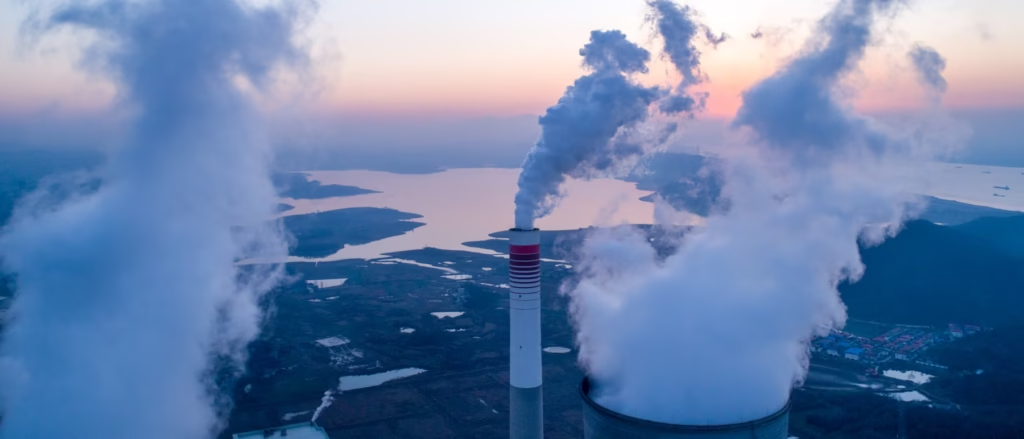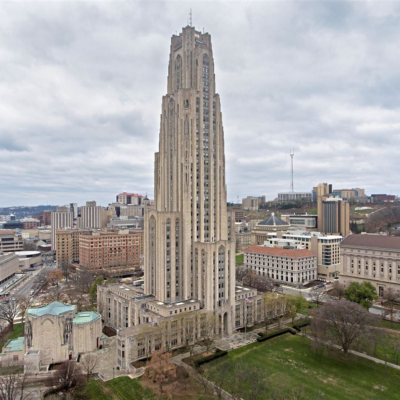In today’s world, the need for energy is higher than ever. As populations grow and industries expand, so does the demand for energy. However, this increasing demand comes at a price—higher emissions, which contribute to global warming and environmental damage. This is why governments worldwide are now focusing on energy emission policies to manage the balance between the rising need for energy and the urgent need to protect the environment.
State governments in many regions have taken steps to address the challenge by implementing various policies aimed at reducing emissions while meeting energy demands. These policies are not just a response to global concerns but also reflect local initiatives to build a cleaner, more sustainable future. Let’s explore how state-level initiatives are playing a crucial role in reducing energy emissions.
I. Understanding Energy Emissions and Their Impact
Energy emissions refer to the pollutants and greenhouse gases (GHGs) released into the atmosphere due to the production and consumption of energy. These emissions primarily come from fossil fuels like coal, oil, and natural gas. The more energy that is used, the more emissions are produced.

1. Major Sources of Energy Emissions:
- Fossil Fuels: Burning coal, oil, and natural gas is the biggest contributor to energy emissions.
- Industrial Processes: Manufacturing and heavy industries consume vast amounts of energy, producing emissions in the process.
- Transportation: Cars, trucks, ships, and airplanes are significant emitters of greenhouse gases.
2. Consequences of Energy Emissions:
- Climate Change: Increased energy emissions contribute to global warming, which causes extreme weather events, rising sea levels, and more.
- Air Pollution: Harmful chemicals released into the air affect human health, causing respiratory problems and other diseases.
- Biodiversity Loss: Rising temperatures and pollution disrupt ecosystems, leading to the decline of many plant and animal species.
II. The Rising Demand for Energy
Global energy demand has been rising rapidly in recent years due to factors such as:
1. Population Growth:
- With the world’s population increasing, more energy is needed to meet basic needs like housing, transportation, and healthcare.
2. Industrial Expansion:
- More industries, especially in developing countries, require energy to power factories, machinery, and production lines.
3. Technological Advancements:
- The rise of electric vehicles, smart homes, and digital technologies increases the need for energy, especially electricity.
4. Urbanization:
- The shift from rural areas to urban centers contributes to higher energy usage as cities require more resources to run public services, infrastructure, and transport.

III. State-Level Initiatives to Reduce Emissions
While federal governments and global agreements play their part, much of the real work in reducing emissions happens at the state level. States have the flexibility to design and implement policies that cater to their specific needs, economies, and challenges. Several successful initiatives have been launched across different states, contributing to reducing energy emissions effectively.
1. Renewable Energy Targets: Many states have set ambitious renewable energy targets to reduce reliance on fossil fuels. By shifting to wind, solar, and hydropower energy sources, they can significantly lower emissions.
- California: The state aims to achieve 100% clean energy by 2045.
- New York: New York has committed to reducing GHG emissions by 85% by 2050 through clean energy solutions.
2. Carbon Pricing and Emission Trading Systems: States are using market-based policies like carbon pricing, where companies are charged for the carbon emissions they produce. This encourages industries to reduce their emissions and shift to greener technologies.
- Washington: Washington’s carbon pricing program puts a price on carbon to incentivize cleaner energy sources and reduce emissions.
3. Energy Efficiency Programs: States have introduced various energy efficiency programs to reduce energy consumption and, in turn, decrease emissions.
- Massachusetts: The state offers rebates and incentives for businesses and homeowners to upgrade to energy-efficient appliances, insulation, and lighting systems.
4. Green Building Standards: Many states have adopted green building codes that encourage energy-efficient construction practices. These buildings are designed to consume less energy, reduce emissions, and improve sustainability.
- Oregon: The state has adopted rigorous standards for energy-efficient building designs, ensuring that new developments meet strict energy-saving criteria.
IV. Innovative Technologies Driving Emission Reductions
State-level initiatives are increasingly incorporating innovative technologies to reduce energy emissions. These technologies can transform energy systems, making them more sustainable and efficient.
1. Smart Grid Technologies: A smart grid allows for more efficient energy distribution, reducing energy waste and enabling real-time adjustments to energy use.
- Colorado: Colorado’s smart grid initiative helps monitor and control energy consumption, promoting a shift towards cleaner energy sources.
2. Carbon Capture and Storage (CCS): CCS technologies capture carbon dioxide emissions from power plants and store them underground, preventing them from entering the atmosphere.
- Texas: Texas is a leader in CCS research and projects, significantly reducing emissions from fossil fuel plants.
3. Electric Vehicle (EV) Infrastructure: The growth of electric vehicles has been encouraged through state initiatives that build EV charging infrastructure and offer rebates for purchasing electric cars.
- California: California has set a goal to have 5 million zero-emission vehicles on the road by 2030.

V. The Role of Public Awareness and Engagement
Public participation is vital in the fight against climate change. State governments have adopted various strategies to engage citizens in emission reduction efforts.
1. Education and Outreach:
- California: The state regularly holds workshops and educational campaigns to raise awareness about the importance of reducing energy consumption and using renewable resources.
2. Incentive Programs:
- State governments offer tax credits, rebates, and incentives to encourage residents and businesses to invest in clean energy technologies.
3. Community-Driven Initiatives:
- Many states have implemented community energy programs where local residents can invest in renewable energy projects, helping to drive local sustainability.
VI. Challenges and Future Outlook
While state-level emission policies have shown positive results, there are still several challenges that need to be addressed.
1. Financing and Investment:
- Transitioning to renewable energy and reducing emissions requires significant investment, which can be challenging for some states, especially those with limited budgets.
2. Political and Industry Resistance:
- Some states face resistance from industries that rely heavily on fossil fuels, making it difficult to enforce stringent emission reduction policies.
3. Technological Limitations:
- While technology is advancing rapidly, certain technologies, such as large-scale energy storage and carbon capture, are still in the early stages of development.
4. Need for More Collaboration:
- The fight against emissions is a collective effort. States need to work together to share resources, knowledge, and solutions to address the global nature of energy emissions.
The Future of State-Level Initiatives
- As we move forward, states are likely to become even more ambitious with their energy emission policies. With the increasing focus on clean energy solutions, the adoption of innovative technologies, and public support, states can play a crucial role in combating climate change and building a sustainable future.
Conclusion
State-level energy emission policies are essential in addressing the challenges of rising energy demands and environmental sustainability. By adopting cleaner energy sources, improving energy efficiency, and incorporating innovative technologies, states are not only reducing emissions but also ensuring a cleaner, greener future for generations to come. The transition to a low-carbon economy requires continued commitment, collaboration, and innovation, but the progress made so far demonstrates that state-level initiatives can make a real difference in reducing emissions and mitigating climate change.
AI’s Economic Impact: How Artificial Intelligence Is Reshaping Job Markets and Productivity






